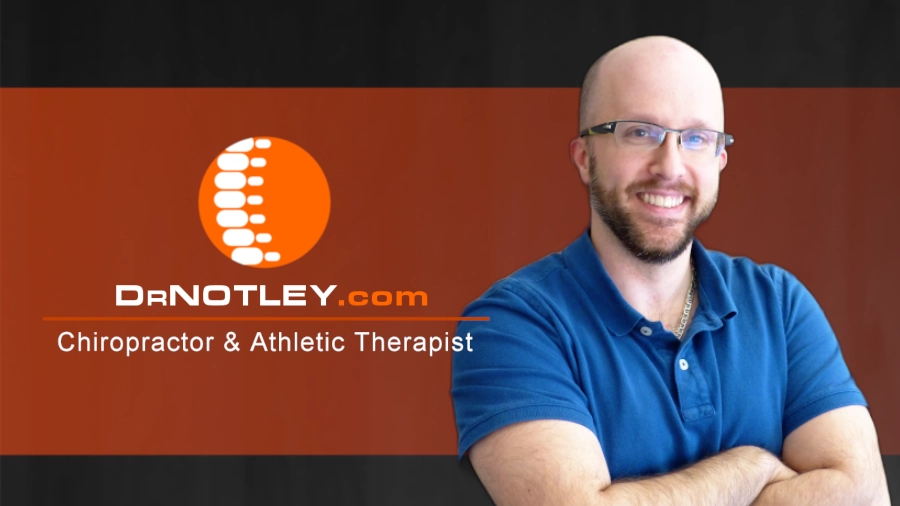The prone thoracic extension has become one of my most used corrective exercises. It seems to have multiple applications depending on the region that is a problem. Likely you will be the prone thoracic extension if you experience the following:
- Lack of neck extension and rotation range of motion
- Stiffness in the upper back
- Tight “traps” or “shoulders. If you remember from my earlier posts this exercise replaces my levator scapulae stretch
- After a whiplash injury
- Shoulder impingement
- Scapular/Shoulder blade instability
There are actually three phases of this exercise but I am going to show you the third phase. The other two phases build up to this exercise. I find this exercise requires so work in explaining how it should be performed. If my patients can’t perform all components correctly then we either work on that component or we drop down to the right phase. I am still working on how to explain this exercise to get the most out of my patients.
How to perform the prone thoracic extension
- Lay face down on the floor
- Place your hands on the floor, with your elbows bent, just above your head
- From this position slightly move your elbows in towards your body. This should cause your shoulder blades to come together a little bit. This is so that the patient can feel the shoulder blades move once her/she performs the exercise.
- Brace the abdomen.
- Press elbows down into the floor and then out away from the body. Elbows shouldn’t move but the shoulder blades should. The shoulders should drop towards the feet rather than to the ears.
- Tuck the chin and lift the head straight up off the ground. The nose should still be pointing straight down.
- Take three abdominal breaths while maintaining all of the above.
I have also found while performing the prone thoracic extension that if you work on rotating the neck or extending the neck to look at the wall that this aids in improved range of motion in the neck.
What I love about this exercise is that it activates the muscles that need to be activated and relaxes the ones that are over active.
Dr Notley
Winnipeg Chiropractor and Athletic Therapist
Originally posted on May 17, 2022 @ 4:37 pm
